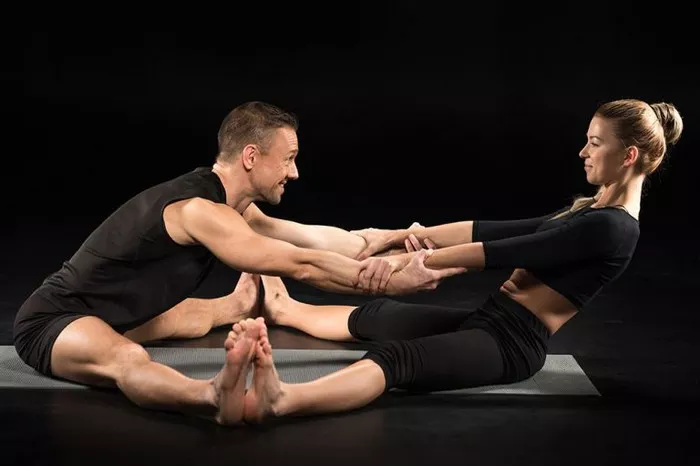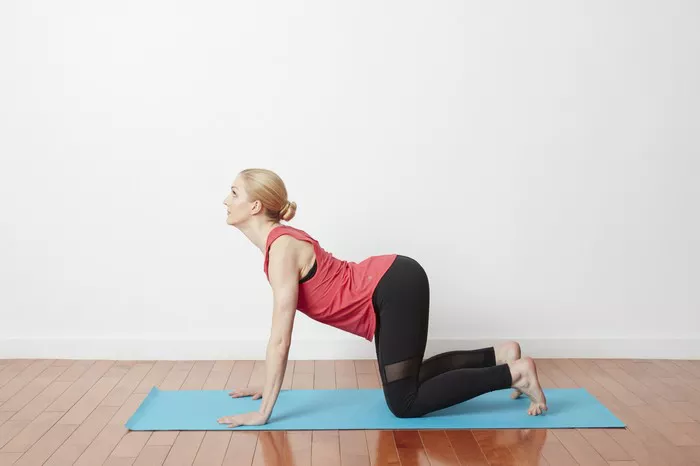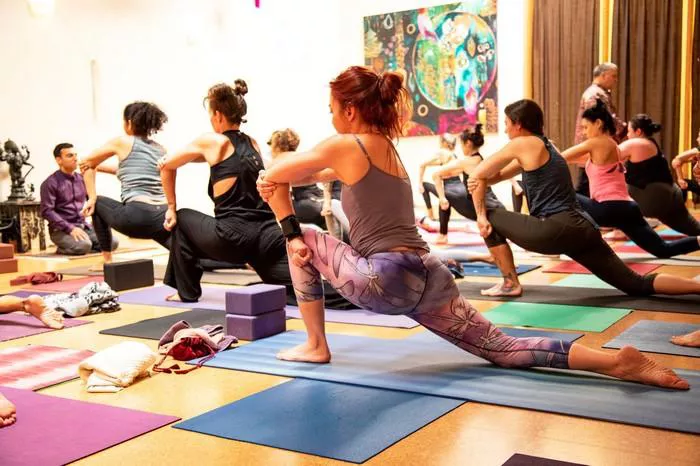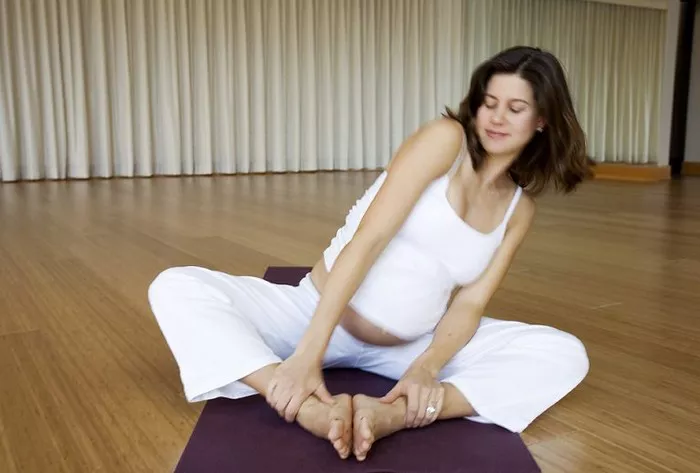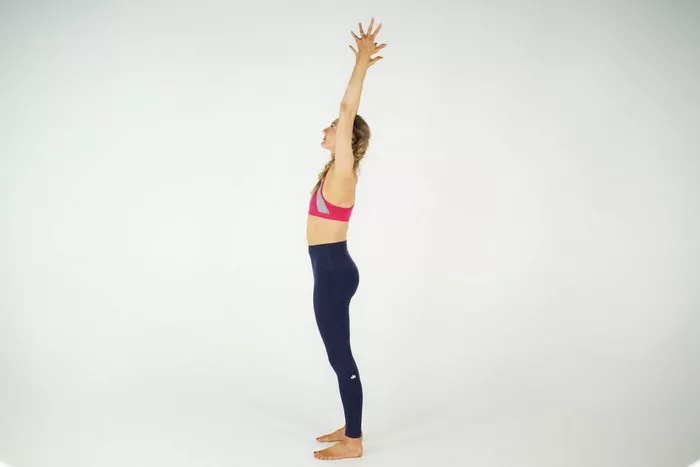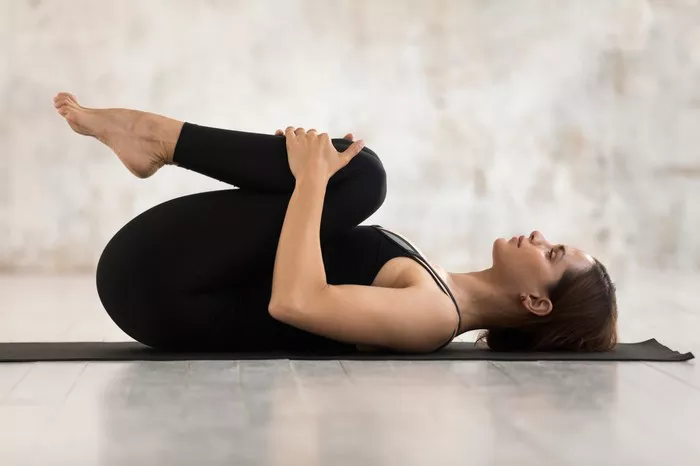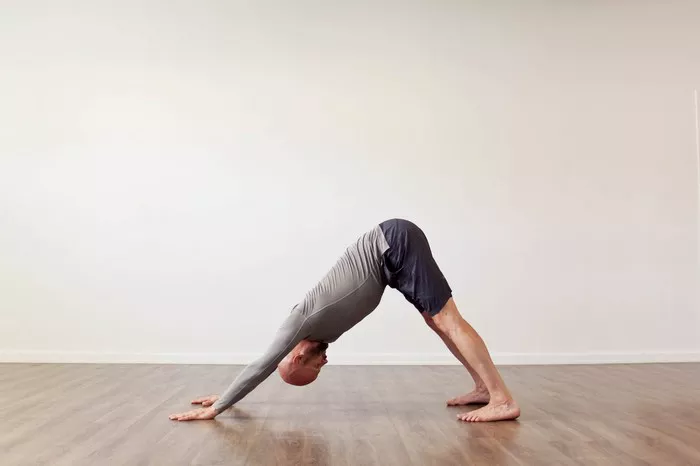In the quest for a healthier lifestyle and effective weight management, many individuals are turning to alternative forms of exercise. Hatha yoga, with its gentle yet invigorating poses, has gained significant popularity. But a common question that arises is: How many calories does hatha yoga burn? Understanding the calorie expenditure associated with this ancient practice can provide valuable insights for those looking to incorporate it into their fitness routine. This article delves deep into the factors influencing calorie burn during hatha yoga, the average calorie burn rates, and how to maximize calorie burn while practicing.
Understanding Hatha Yoga Basics
What is Hatha Yoga?
Hatha yoga is a branch of yoga that focuses on physical postures (asanas), breathing techniques (pranayama), and relaxation. It is often considered a gentle form of yoga, suitable for beginners. The word “hatha” itself has significance. “Ha” represents the sun, symbolizing the active, masculine energy, while “tha” represents the moon, symbolizing the passive, feminine energy. Hatha yoga aims to balance these two energies within the body.
Key Elements of Hatsha Yoga
Asanas: These are the physical postures in hatha yoga. There are numerous asanas, each with its own benefits. For example, the Trikonasana (Triangle Pose) helps stretch the sides of the body, open the hips, and strengthen the legs. Asanas can be static, where the pose is held for a certain period, or dynamic, involving a flow from one pose to another.
Pranayama: This aspect of hatha yoga is concerned with controlling the breath. Techniques like deep belly breathing, where the abdomen expands fully as you inhale and contracts as you exhale, are commonly practiced. Pranayama not only oxygenates the body but also has a calming effect on the mind.
Relaxation: Hatha yoga includes relaxation techniques such as Savasana (Corpse Pose). In Savasana, the body is completely relaxed, lying flat on the back with the eyes closed. This helps to reduce stress and allows the body to recover from the physical exertion of the asanas.
Factors Influencing Calorie Burn in Hatha Yoga
Body Weight
One of the primary factors determining how many calories are burned during hatha yoga is body weight. Generally, the higher your body weight, the more calories you will burn. This is because larger bodies require more energy to perform the same movements. For instance, a person weighing 80 kilograms will burn more calories in a 60 – minute hatha yoga session compared to someone weighing 60 kilograms, all other factors being equal. The relationship between body weight and calorie burn can be roughly estimated using metabolic equations. The more mass there is to move during the various asanas, the greater the energy expenditure.
Intensity of Practice
The intensity at which hatha yoga is practiced plays a crucial role in calorie burn. A more intense session, with faster transitions between poses, longer holds in challenging poses, and a higher overall level of physical effort, will result in a higher calorie burn. For example, if a practitioner moves briskly from one standing pose to a balancing pose and holds it with proper alignment and effort, rather than moving slowly and casually, more calories will be burned. Intensity can also be increased by adding more challenging variations of poses. For instance, instead of a basic Warrior I Pose, performing a Warrior I with an extended arm reaching towards the ceiling and a deeper bend in the front knee will require more effort and thus burn more calories.
Duration of the Yoga Session
The longer the hatha yoga session, the more calories will be burned. A 90 – minute session will naturally burn more calories than a 30 – minute session. This is because the body is in a state of physical activity for a longer period. However, it’s important to note that the body’s calorie – burning rate may not be constant throughout the session. In the beginning, as the body warms up, the calorie burn may be relatively low. But as the session progresses and the body gets more engaged in the poses, the calorie burn rate increases. For example, in a 60 – minute session, the first 10 – 15 minutes might be dedicated to gentle warm – up poses with a lower calorie burn, while the middle 30 – 40 minutes of more intense poses will have a higher calorie burn, and the final 10 – 15 minutes of relaxation poses will have a lower calorie burn again.
Type of Asanas Practiced
Different asanas have different calorie – burning potentials. Standing poses like Mountain Pose (Tadasana) are relatively less strenuous in terms of calorie burn compared to more dynamic and challenging poses such as Warrior III Pose. Standing poses mainly engage the leg muscles and help with balance, but the effort required is not as high as in poses that require significant core strength and body control. Poses that involve lifting the body weight, like Plank Pose or Upward – Facing Dog Pose, burn more calories as they engage multiple muscle groups simultaneously. Twisting poses also tend to burn more calories as they require the body to work against the resistance of the twist, engaging the abdominal and back muscles.
Metabolism and Fitness Level
An individual’s metabolism and overall fitness level also impact calorie burn during hatha yoga. People with a higher metabolic rate, which can be influenced by factors such as muscle mass (more muscle means a higher metabolic rate), will burn more calories at rest and during physical activities like hatha yoga. Similarly, a person who is more fit and has better muscle tone and cardiovascular endurance will be able to perform the asanas more efficiently and with greater intensity.
This efficiency can lead to a higher calorie burn. For example, a regular yoga practitioner who has been practicing for years and has a well – developed core and strong muscles may be able to hold a challenging pose for a longer time with proper form, burning more calories compared to a beginner who may struggle to hold the same pose for a shorter duration.
Average Calorie Burn Rates in Hatha Yoga
Calorie Burn per Minute
On average, a person can burn approximately 3 – 6 calories per minute during a hatha yoga session. However, this is a very general estimate and can vary widely depending on the factors mentioned above. For a person of average weight (around 70 kilograms) performing a moderate – intensity hatha yoga session, the calorie burn per minute might be closer to 4 – 5 calories. In a session with more intense poses and faster transitions, this rate could increase to 5 – 6 calories per minute. Conversely, in a very gentle, slow – paced hatha yoga session, the calorie burn per minute may be around 3 – 4 calories.
Calorie Burn in a 30 – Minute Session
In a 30 – minute hatha yoga session, a 70 – kilogram person might burn anywhere from 90 – 180 calories. If the session is focused on gentle warm – up poses and basic stretches, the calorie burn may be towards the lower end of this range, perhaps around 90 – 120 calories. But if the session includes some more challenging poses and a bit of flow between poses, the calorie burn could be closer to 150 – 180 calories.
Calorie Burn in a 60 – Minute Session
For a 60 – minute hatha yoga session, the calorie burn for a 70 – kilogram person can range from 180 – 360 calories. A typical, well – rounded hatha yoga class with a mix of warm – up, standing, balancing, seated, and relaxation poses might result in a calorie burn of around 240 – 300 calories. However, if the class is more intense, with a greater focus on challenging poses and a faster pace, the calorie burn could reach up to 360 calories.
Calorie Burn in a 90 – Minute Session
In a 90 – minute hatha yoga session, a 70 – kilogram person may burn between 270 – 540 calories. A comprehensive hatha yoga session that includes a full range of asanas, pranayama, and relaxation, along with some more advanced poses for those with a higher fitness level, could result in a calorie burn of around 360 – 450 calories. For a very intense 90 – minute session with continuous movement and challenging poses, the calorie burn could approach 540 calories.
How to Maximize Calorie Burn in Hatha Yoga
Increase the Intensity of Poses
One way to maximize calorie burn is to increase the intensity of the poses. This can be done by adding variations to the basic poses. For example, in the Downward – Facing Dog Pose, instead of keeping the feet together, spread them wider and lift one leg up towards the ceiling, engaging the core and leg muscles more. Another way is to hold poses for a longer duration. If you usually hold a pose for 30 seconds, try increasing it to 60 seconds. This extra time in the pose forces the muscles to work harder, burning more calories. Additionally, you can make the transitions between poses more dynamic. Instead of slowly moving from one pose to another, flow smoothly and with more speed, which will increase the overall intensity of the session.
Incorporate More Challenging Asanas
Gradually introduce more challenging asanas into your hatha yoga practice. Poses like the Crow Pose (Bakasana), which require significant balance and upper – body strength, burn more calories than basic standing poses. As you build your strength and flexibility, you can attempt poses like the Wheel Pose (Urdhva Dhanurasana). These poses engage multiple muscle groups simultaneously, leading to a higher calorie burn. However, it’s important to progress gradually and not attempt poses that are beyond your current fitness level to avoid injury.
Add Some Flow or Vinyasa Elements
Hatha yoga can be combined with some flow or vinyasa elements to increase calorie burn. Vinyasa involves a continuous flow of poses linked by the breath. For example, you can flow from a Warrior I Pose to a Warrior II Pose, then to a Triangle Pose, all in one fluid motion. This continuous movement keeps the heart rate up and burns more calories. You can also incorporate sun salutations (Surya Namaskar) into your hatha yoga session. Sun salutations are a series of poses performed in a sequence and are a great way to increase the intensity and calorie burn of your practice.
Increase the Duration of Your Session
As mentioned earlier, the longer the session, the more calories you will burn. If you currently practice hatha yoga for 30 minutes, try increasing it to 60 minutes. This extra time allows you to include more poses, hold them for longer, and potentially increase the intensity. However, make sure to listen to your body and not overdo it. If you are new to yoga, gradually increase the duration of your sessions over time to avoid fatigue and injury.
Conclusion
In conclusion, the number of calories burned during hatha yoga depends on various factors such as body weight, intensity of practice, duration of the session, type of asanas, and an individual’s metabolism and fitness level. While it may not burn as many calories as high – intensity cardio exercises like running, hatha yoga offers a unique combination of physical and mental benefits. By understanding these factors and implementing strategies to maximize calorie burn, individuals can make the most of their hatha yoga practice. Whether your goal is to lose weight, improve fitness, or simply enhance your overall well – being, hatha yoga can be a valuable addition to your lifestyle. So, roll out your yoga mat, start practicing, and discover the amazing calorie – burning potential of hatha yoga.
Related Topics


